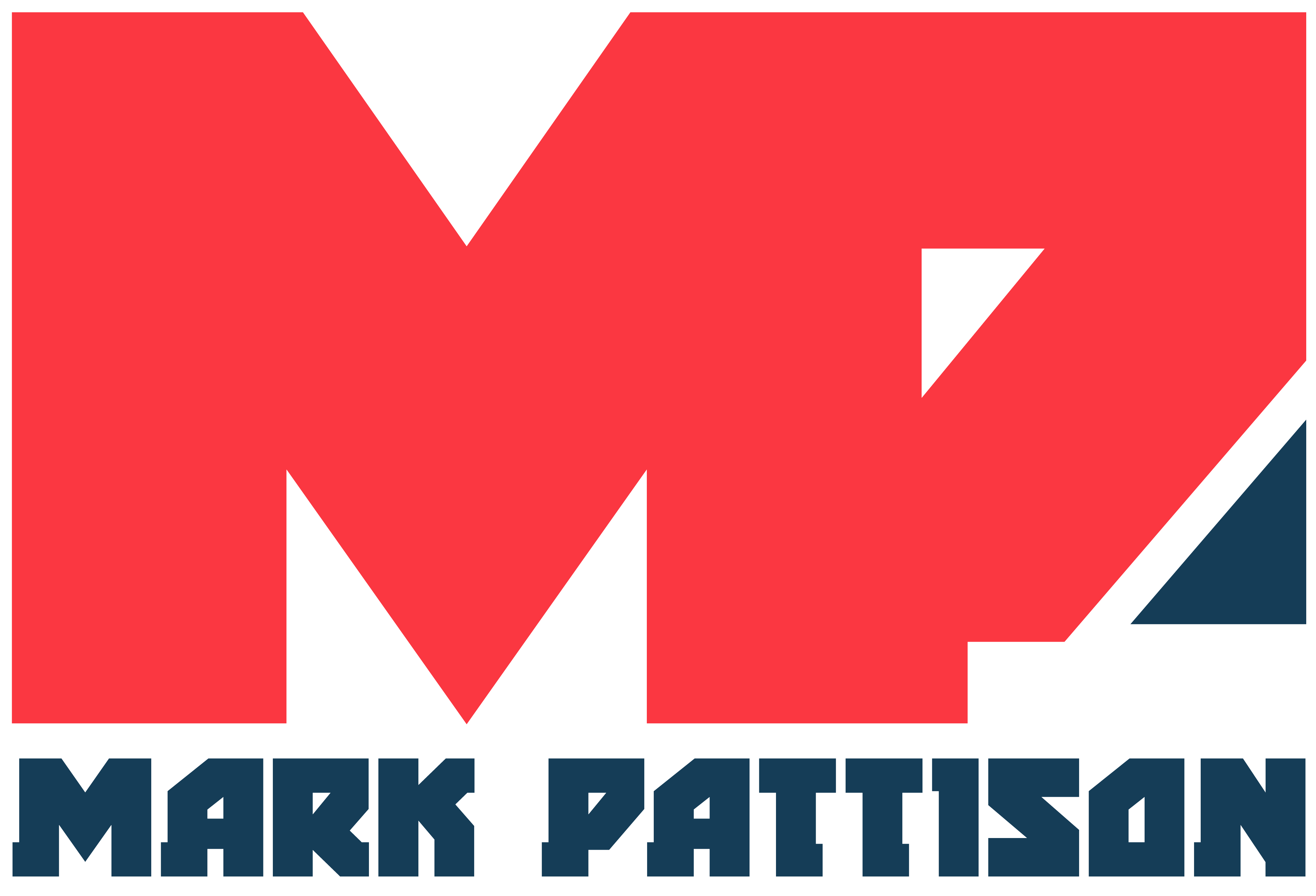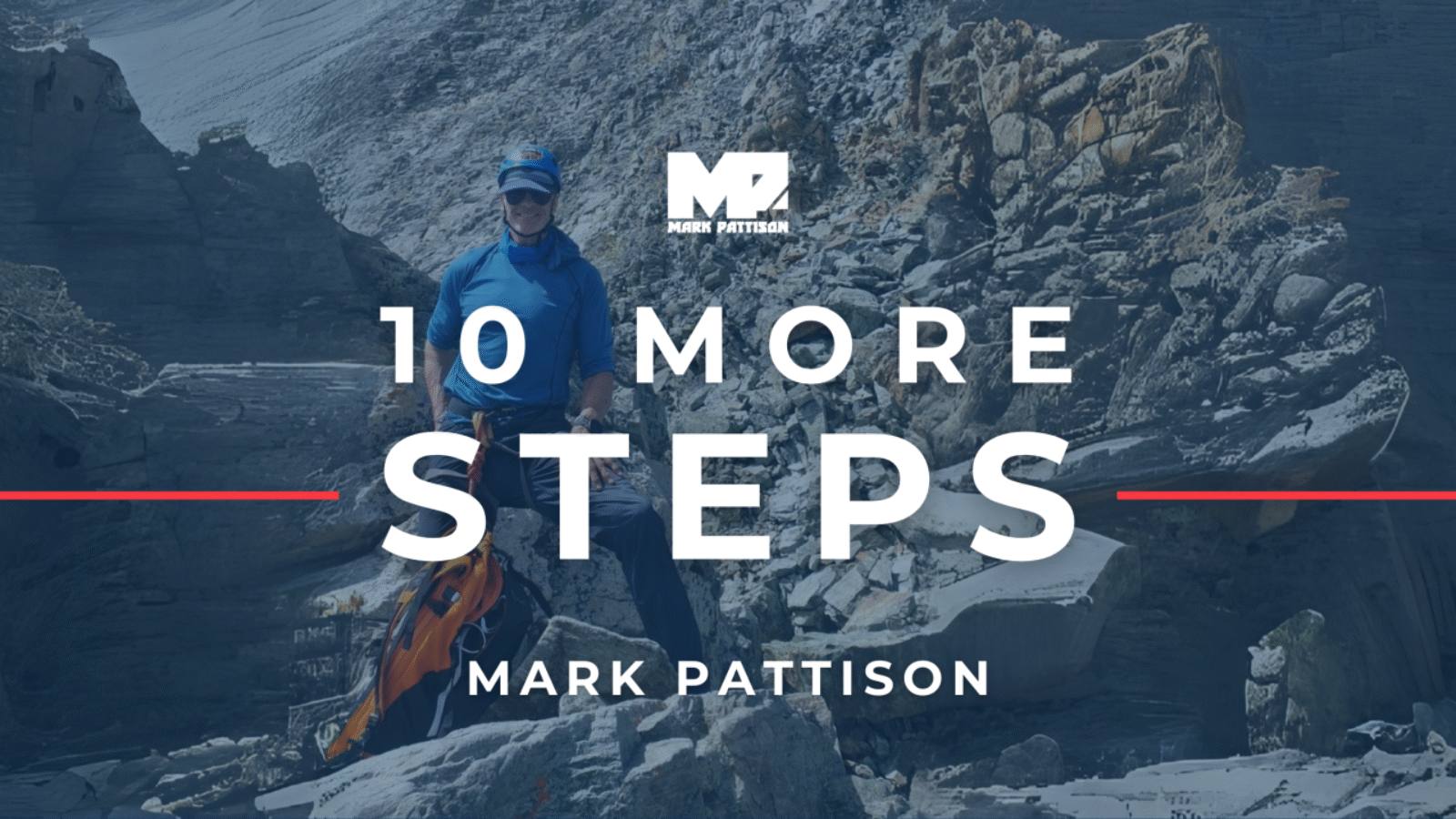Every great adventure, whether it’s scaling a mountain or launching a business,
involves risk. But what sets successful climbers, entrepreneurs, and leaders apart
is their ability to calculate and manage that risk. When I first started climbing,
I had to learn how to assess the danger, prepare for the unexpected,
and push past fear — all while knowing that the reward at the top was worth it.
In business, it’s no different.
Every decision, every step forward, involves a balance between risk and reward.
Finding that balance is key to growth, success, and, ultimately, fulfillment.
Here’s how I approach risk and reward, both on the mountain and in business:

10 Steps to Balancing Risk and Reward
- Understand the Risk Before you can make a decision, you need to fully understand the risk. What’s at stake? Is it life or death on the mountain, or is it financial loss in business? Assess the severity of the potential risks before proceeding.
- Plan for the Worst-Case Scenario In climbing, I always prepare for the worst-case scenario, whether it’s a storm rolling in or equipment failure. Similarly, in business, it’s important to have contingency plans in place in case things go south.
- Minimize the Risk Where Possible Every risk has a solution, whether it’s taking more time to plan, getting better equipment, or seeking expert advice. The less you leave to chance, the better. Always aim to reduce the risk through preparation.
- Weigh the Potential Reward The greater the risk, the greater the reward — but only if you’re willing to earn it. In climbing, the summit is the reward, but the journey is just as important. In business, the reward might be growth or profit, but the lessons learned along the way are invaluable.
- Learn to Trust Your Gut There are moments in both climbing and business where you can’t calculate every variable. That’s when you need to trust your intuition. If something doesn’t feel right, listen to it — but don’t let fear paralyze you from moving forward.
- Don’t Let Ego Drive Your Decisions Early in my climbing career, I made the mistake of pushing harder than I should have to prove something. Ego can cloud judgment and lead to dangerous decisions. Check your ego at the door and make decisions based on logic and careful planning.
- Assess Your Resources What do you have to work with? In mountaineering, that means equipment and physical strength. In business, it’s about your team, finances, and time. Make sure you have the necessary resources to support your risk-taking.
- Take Calculated Risks, Not Blind Risks Risk should never be about gambling. It’s about taking calculated chances with a clear understanding of the consequences. Every step you take should be based on data, analysis, and intuition — not on impulse.
- Embrace the Learning Process Whether you succeed or fail, there’s always something to learn. On the mountain, each failed attempt taught me something crucial. In business, even when things don’t go as planned, every setback is an opportunity to learn and adjust.
- Know When to Pull Back Sometimes the best decision is to step back, reassess, and wait for a better time. On the mountain, you have to know when to turn around before you push yourself too far. In business, knowing when to pause or pivot can be the smartest decision you make.

The WYE Challenge
This week, look at a decision you’re facing — whether it’s a business move or a
personal challenge — and assess the risks and rewards.
What’s the worst-case scenario? What’s the potential payoff? Take a small step forward
with a well-calculated risk and share how you’re balancing it.
The Next Step Toolkit
Book Recommendation: “The Black Swan” by Nassim Nicholas Taleb
This book is perfect for understanding how unpredictable events shape our lives, businesses,
and decisions. It helps you frame risks in a way that turns uncertainty into opportunity.
Balancing risk and reward is an ongoing process.
It’s not about avoiding risk entirely — it’s about learning how to manage it in a way that
aligns with your goals. As I’ve learned from both the mountains and business,
the greatest rewards come from those who take smart, calculated risks.
Let’s keep climbing.
Best,
Mark
What’s the biggest risk you’ve taken recently, and how did you balance it with the potential reward?
Comment below and let me know—I’d love to hear your story.
Let’s keep the conversation going!

